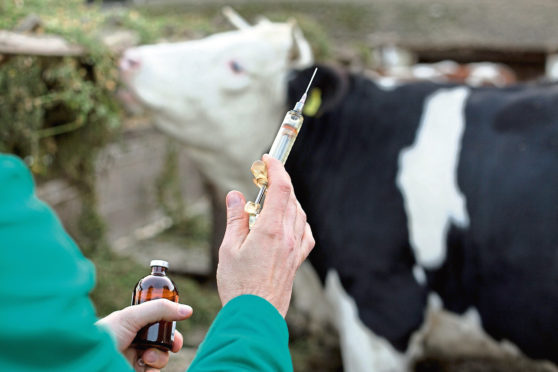UK livestock producers cut their use of antibiotics by more than half between 2014 and 2018.
According to the latest UK Antibiotic Resistance and Sales Surveillance Report (VARSS), the reduction in sales of antibiotics fell by 53% between 2014-2018 and the use of the highest priority critically important antibiotics (HP-CIAs) fell even further, by 66%.
The report reveals that between 2017 and 2018 antibiotic sales fell by 9%, and HP-CIAs sales fell by 18%. The reduction in antibiotic use is believed to be the result of a concerted campaign by vets, farmers and industry in the face of growing antimicrobial resistance in both humans and animals.
The report indicates that most of the key veterinary pathogens remain susceptible to authorised veterinary antibiotics, including those that have been authorised for many years, and some, such as E. coli in poultry, show significant reductions to resistance. The British Veterinary Association (BVA) said the reductions were testament to the collaborative work to steward responsible antibiotic use and champion greater disease prevention measures.
“Antimicrobial resistance remains a huge concern for vets, which is why we must maintain this momentum in the face of the ongoing global threat it poses to the health of animals, humans and the environment,” said BVA junior vice-president, James Russell.
“While it is vital that we continue to build upon these achievements through evidence-based, sector-specific targets to further refine, reduce or replace antibiotic use, a large part of the future changes will involve promoting high animal health and welfare through disease prevention strategies, such as increasing uptake in vaccines.
“Ongoing improvements in veterinary-led health planning on farms will also help to further lower antibiotic use by reducing the incidence of endemic diseases.”










